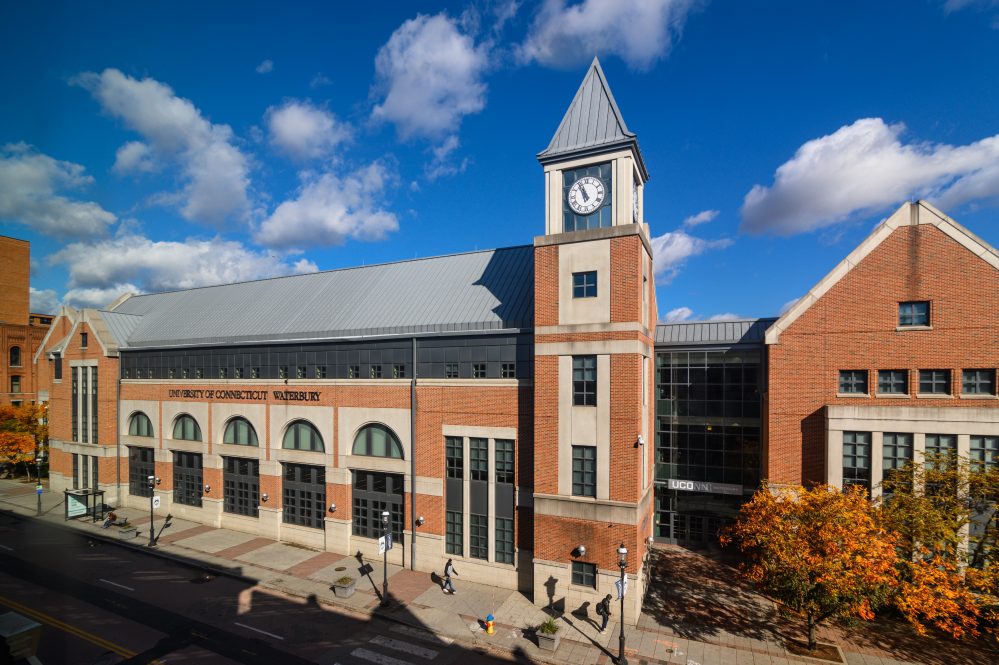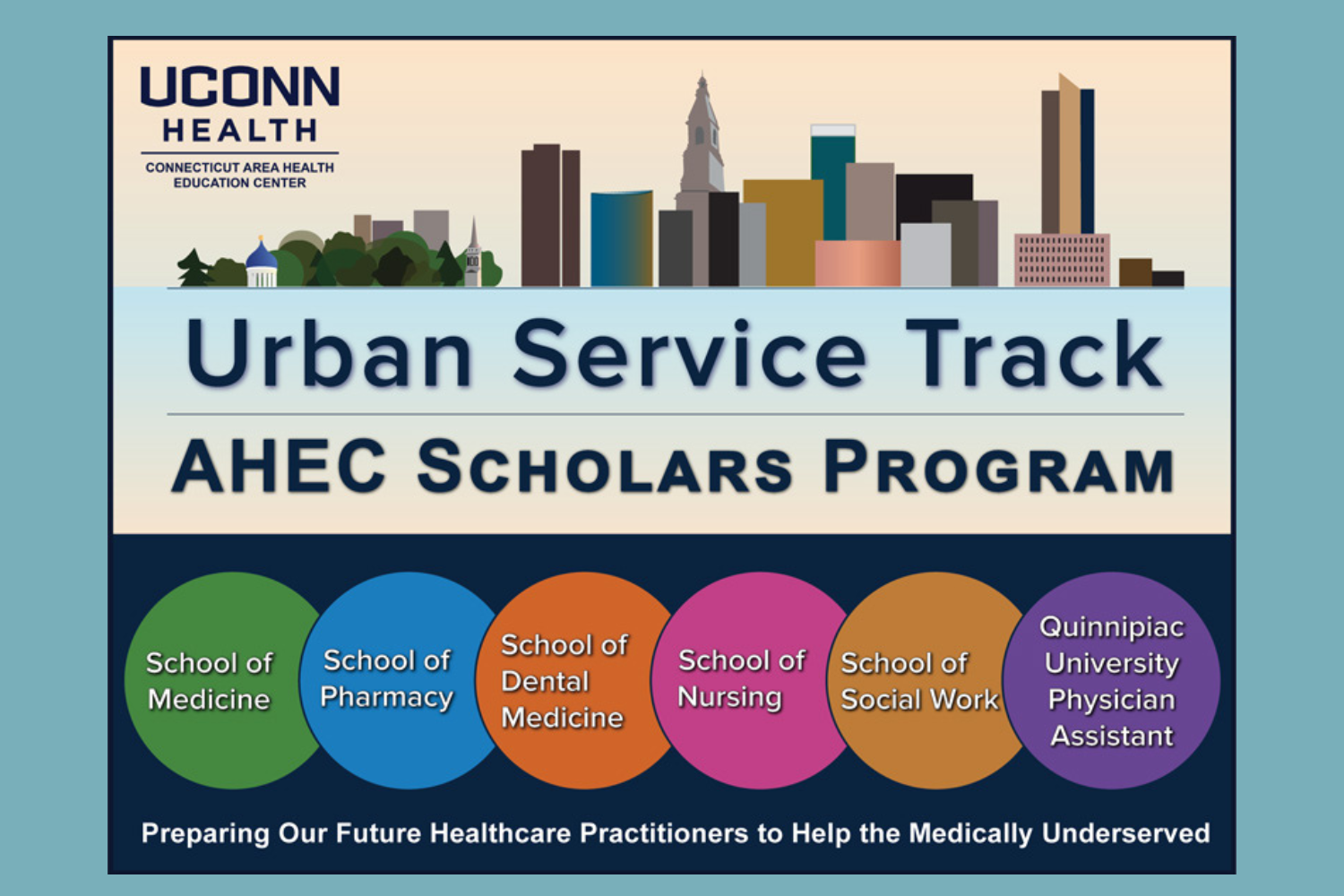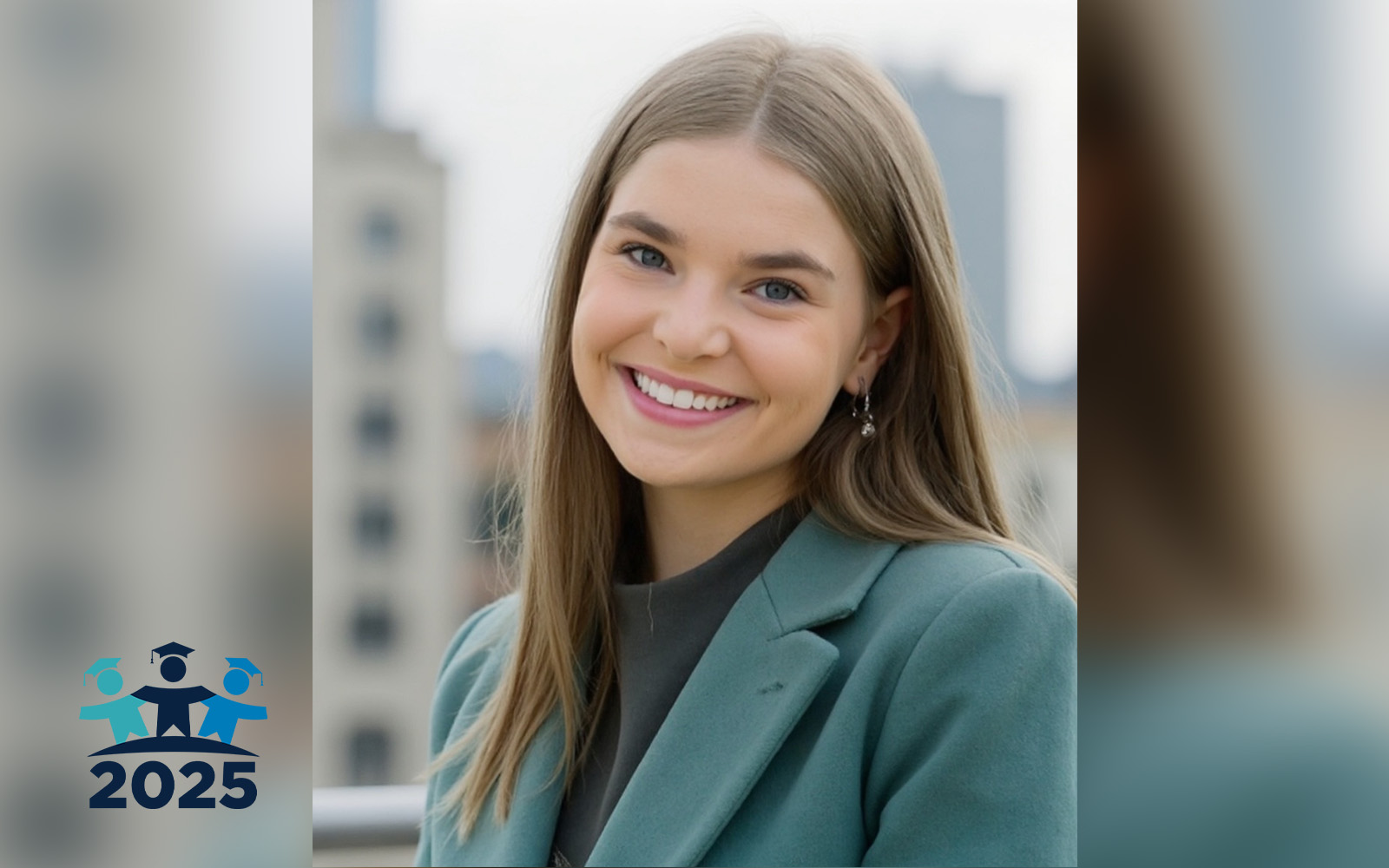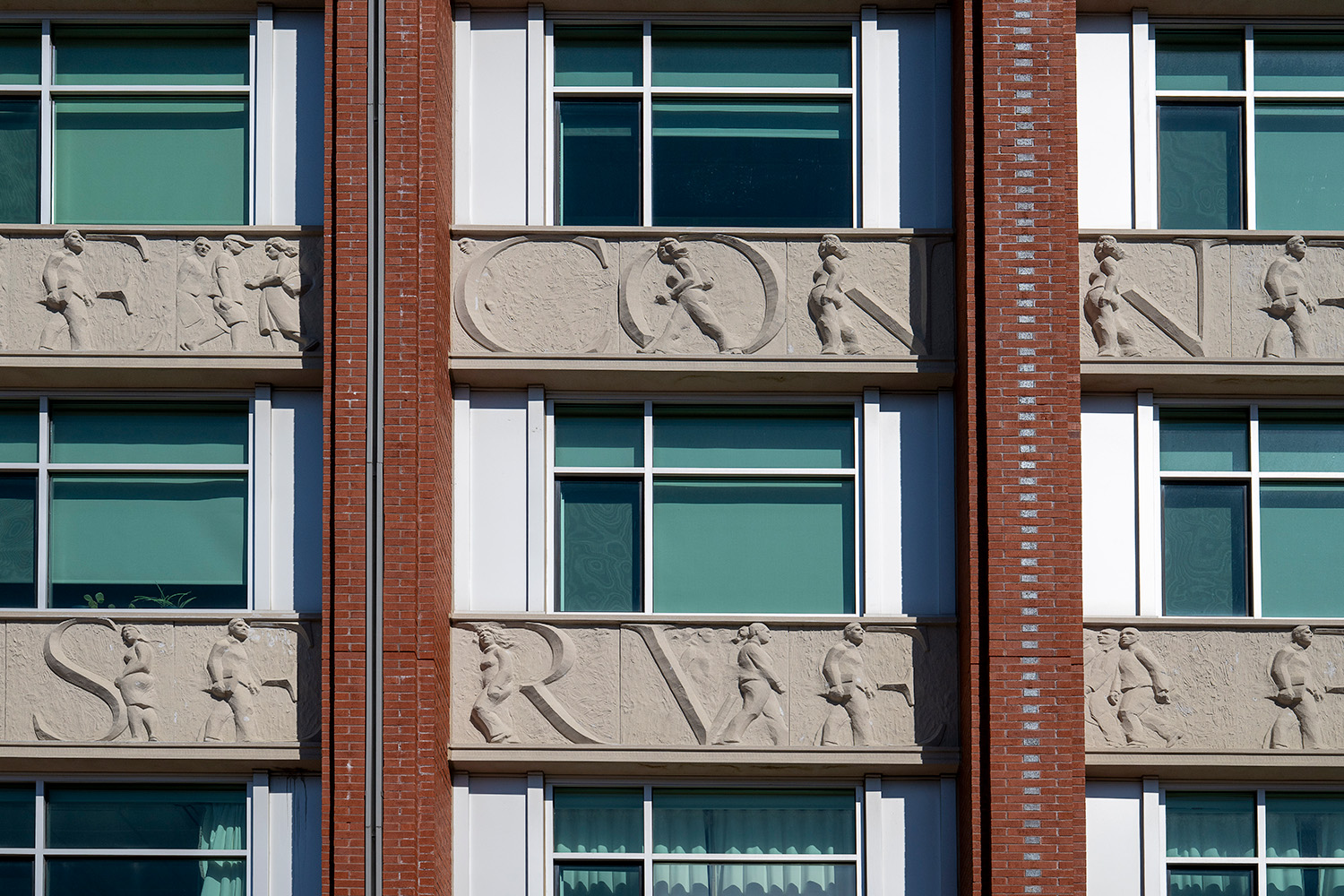The University of Connecticut continues to strengthen its presence and partnerships in the Naugatuck Valley with plans to expand the university’s local footprint by leasing space in a historic building adjacent to UConn Waterbury.
The UConn Board of Trustees on Wednesday approved plans to lease about 26,300 square feet of space for academic, research, and administrative purposes at 36 N. Main St., Waterbury.
The six-story building, known locally as the Odd Fellows Hall, is in a prime downtown location facing the Waterbury Green and is slated for extensive renovation by Green Hub Development III, LLC. The lease with UConn would be executed once the work is finished and it is ready for occupancy.
The renovation work is part of a larger partnership in which the City of Waterbury received a state grant of $10 million in 2018 to support redevelopment of the 36,300-square-foot building, which dates to 1895. Green Hub will also contribute $5 million of its own funds.
The building is around the corner from the UConn Waterbury campus on East Main Street, and the back courtyard of the campus is adjacent to the rear of the structure, making for easy access between the sites.
The plan is among many partnerships and collaborations that UConn Waterbury has built in recent years as it has deepened ties with the community.
They include UConn’s deep involvement in the Waterbury Promise scholarship program, under which many dozens of Waterbury graduates are attending the University; establishment and growth of the allied health sciences major on the campus; the appointment of Fumiko Hoeft as the campus director; and many others.
“UConn Waterbury has been focusing on developing its identity, so to speak, over the past few years and especially in the past year as a tight-knit campus where our students can live at home and come from throughout the region to access incredible education in allied health, nursing, business, and many other undergraduate and graduate-level fields,” Hoeft says.
“The new space will be equipped with the latest teaching and research infrastructure, and offer a great home for UConn Waterbury to expand and strengthen these programs and many initiatives that are underway,” she says. “We also pride ourselves on having great community relationships, and this space will be ideal for advancing such partnerships. Together, I am confident that UConn Waterbury students, graduates and our partners will contribute to enhancing the regional and state’s workforce and economy. The many opportunities this provides are tremendous.”
Discussions on the building’s use have been in the works for several years, with several UConn officials touring it at various times and meeting with Waterbury Mayor Neil O’Leary and others to discuss possible next steps.
O’Leary says he learned in 2012, shortly after his first election to the mayoral position, that the building was slated to be sold at auction for a minimal price to an out-of-state investment group. The city removed it from auction and took possession, envisioning the kind of partnership that is now coming to fruition.
“It has taken over 10 years, but this news was worth the wait,” he says. “I cannot begin to express how grateful I am to see this property be utilized by UConn to increase their educational space and grow their student enrollment. We couldn’t have hoped for a better outcome.”
The Venetian Gothic building at 36 N. Main St. was built in 1895 as local home of the Independent Order of Odd Fellows, a fraternal organization, and incorporated parts of the Second Congregational Church that previously stood on that site.
The Odd Fellows Building has a rich history in the City of Waterbury. Built at a cost of $100,000 and said to be among the finest of its time in the region, its opening drew more than 5,000 members of the group from around the East Coast and was featured in the New York Times.
In fact, the opening was marked by a parade and the event was so important to the city that all factories and schools were closed for the day, and all business shut down at noon, according to another Times article.
A clothing store occupied the first floor for about its first five years in addition to the meeting rooms and social spaces used by the Odd Fellows and others on the higher floors. Later, the popular Grieve, Bissett & Holland department store was located in the building from 1902 until the mid-1960s.
The structure has been unused for more than 15 years, and renovation will take about 18 months before UConn is able to move into the space that it plans to lease, starting either on Jan. 1 or Aug. 1 of 2025 to coincide with the start of a new semester.
The University plans to use it for technology-enabled and hands-on learning, clinical training using extended reality, wet and dry research, and incubation of ideas around sustainability and health-related projects.
Specifically, it would house clinical and research dry and wet laboratories, maker space, an incubator / venture studio, clinical simulation and learning laboratories. There would also be active-learning instructional space.
Together, these will be utilized by nursing, allied health, psychological sciences, urban and community studies, business, community partners, and other majors and programs such as the Osher Lifelong Learning Institute (OLLI), which provides lifelong learning opportunities and draws participants from throughout the region.
“This renovation is very significant for UConn and for the City of Waterbury. It underscores the importance of the community engagement and outreach that we as a university have prioritized,” UConn Board of Trustees Vice-Chairman Tom Ritter says.
UConn trustee Marilda Gandara, vice chair of the board’s Buildings, Grounds, and Environment Committee, which endorsed the project for the full board’s review, says she and Ritter toured the building with O’Leary and that the excitement over the possibilities was palpable.
The potential to expand nursing education programs into the space is particularly noteworthy given the high demand in that profession, Gandara told that committee recently.
“These plans show that working together, we can do great things to benefit our students while making a substantial positive impact in the communities where our campuses are located,” Ritter says.



